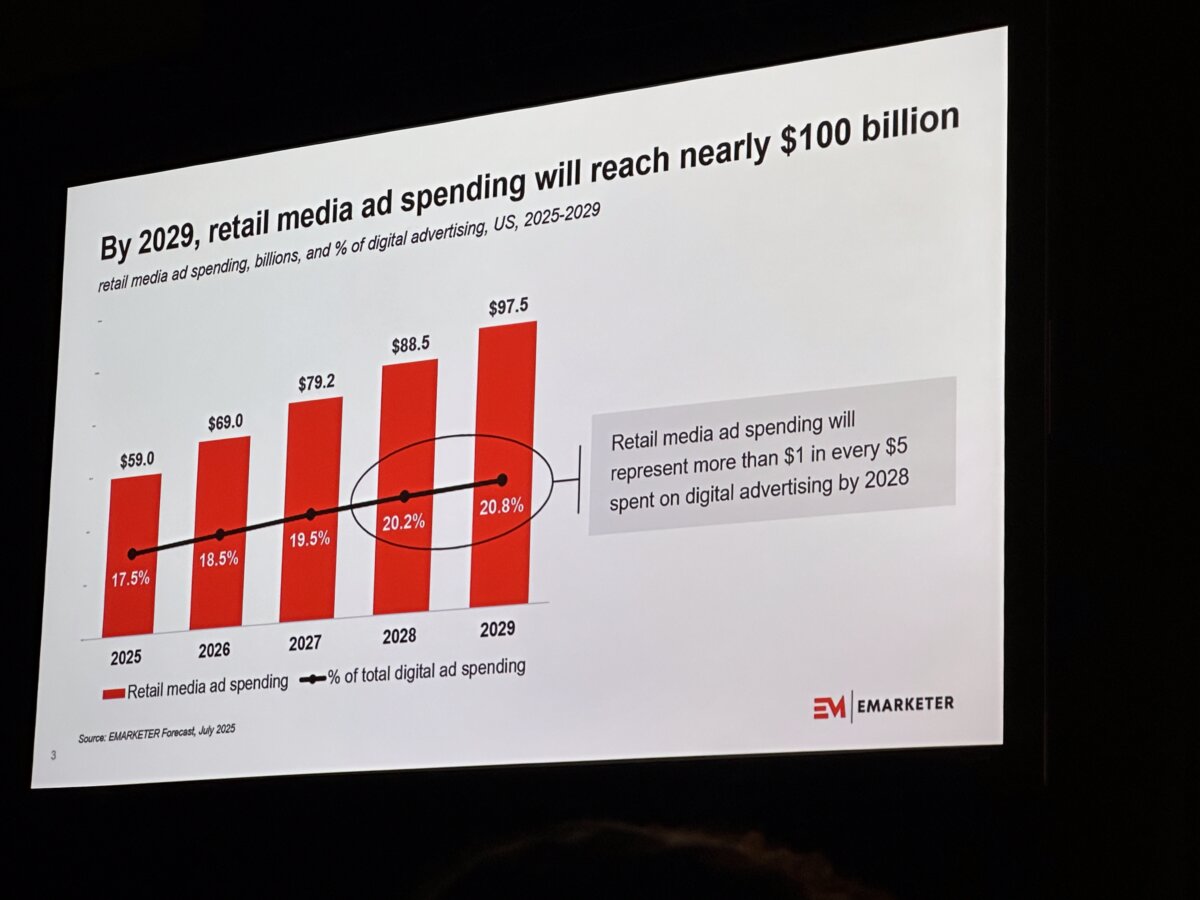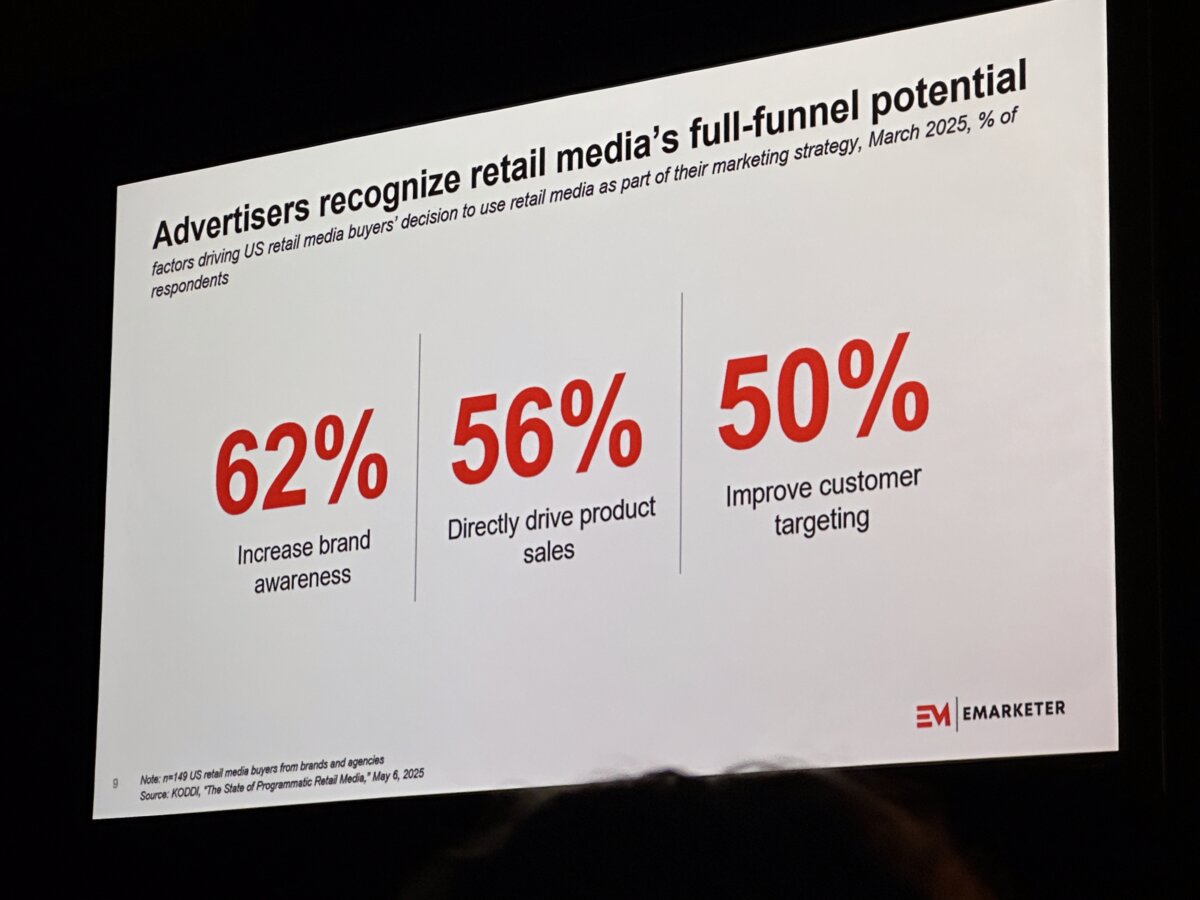| October 11, 2021
Broadsign International, LLC Integrates with Quividi’s Automated Audience Measurement System
The leading provider of digital signage solutions teams with Quividi to deliver enhanced audience information to network operators.
MONTREAL, CANADA. Mar.31, 2014. Broadsign International, LLC has announced that an upcoming upgrade to its cloud-based digital signage software, Broadsign X 10.3, includes integration with Quividi’s audience measurement platform. Quividi is the most deployed measurement solution in the digital signage market and is a fitting addition to Broadsign’s standardized platform that powers over 200 digital signage networks.
The Broadsign X 10.3 software upgrade was disclosed at Broadsign’s Second Annual Client Summit held in Las Vegas on February 11, 2014. The integration with Quividi will allow for the collection of audience counts and the inclusion of these impressions into proof of play reports. It will also permit the triggering of content based on gender, meaning that ad copy will react and adapt to the demographics of the audience viewing a screen in real time.
“Quividi’s camera-based audience measurement system aims to render point-of-sale and out-of-home marketing strategies as accurate and accountable as their digital counterparts,” said Olivier Duizabo, Co-founder and CEO at Quividi. “Integrating with Broadsign’s platform and having the potential to run on its vast aggregate of digital place-based networks will assist in attaining this goal.”
Already making use of the Quividi features available through Broadsign’s upgraded platform is Grandi Stazioni S.p.A. The conversion of Grandi Stazioni’s Italian transit network reaching 700 million people annually to Broadsign’s digital signage platform was publicized in January 2014. Grandi Stazioni has since activated the new audience measurement features and enrolled Dialogica, a Quividi partner, to build a complete set of traditional media metrics and innovative insight, including the calculation of net coverage, frequency and resulting GRP.
“Broadsign holds its services and products to very high standards and we expect those in our ecosystem to do the same,” said Daniel Parisien, Vice President of Marketing and Strategy at Broadsign. “Quividi’s audience measurement solution is an accurate and reliable addition to Broadsign’s platform, and we look forward to our partnership’s future progressions.”
Quividi’s platform delivers a rich set of data to understand how by-passers engage with a screen, such as the number of opportunities to see, number of real viewers, attention time and dwell time, broken down by gender and age class. Those interested in obtaining further information about how Quividi audience measurement can be used in their networks are invited to submit a form to speak with a representative. If your network is not yet running on Broadsign’s platform, sign up for a free trial of Broadsign’s digital signage software.
About Broadsign
Broadsign International, LLC is the first global provider of cloud-based software for digital signage networks. Its platform was designed exclusively as a management system for media companies operating digital out-of-home and digital place-based media networks, giving them an unlimited capacity for growth without adding personnel. After over a decade in the industry, Broadsign’s latest incarnation, Broadsign X, has become a mature and reliable fit for all digital signage software needs and its Android-based smart player, Broadsign Xpress, has decreased the cost of deploying digital signage compared to PC-based hardware alternatives. Broadsign’s constant growth, extensive network and dedication to predicting and responding to industry trends make its digital signage solutions a safe bet for the future of networks with even the most complex of requirements. For more information about Broadsign, visit https://broadsign.com.
About Quividi
Quividi provides a real-time video analytics solution that helps media owners, retailers and brands finely count and qualify their audiences. Using the latest face and body detection technique and running on standard hardware, the Quividi solution delivers exhaustive metrics on viewers, opportunities to see, attention time and demographics, in a completely anonymous fashion and without ever recording any image or personal data. Based in Paris, France, Quividi pioneered the anonymous face detection category in 2006 and is the world leader in Digital Out Of Home audience measurement, with customers in over 43 countries and more than 2.5 billion faces analyzed. For more information about Quividi, visit http://quividi.com.



